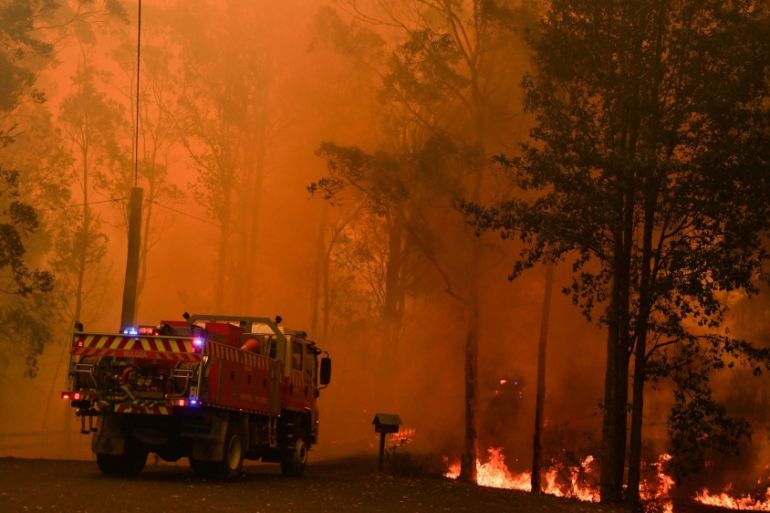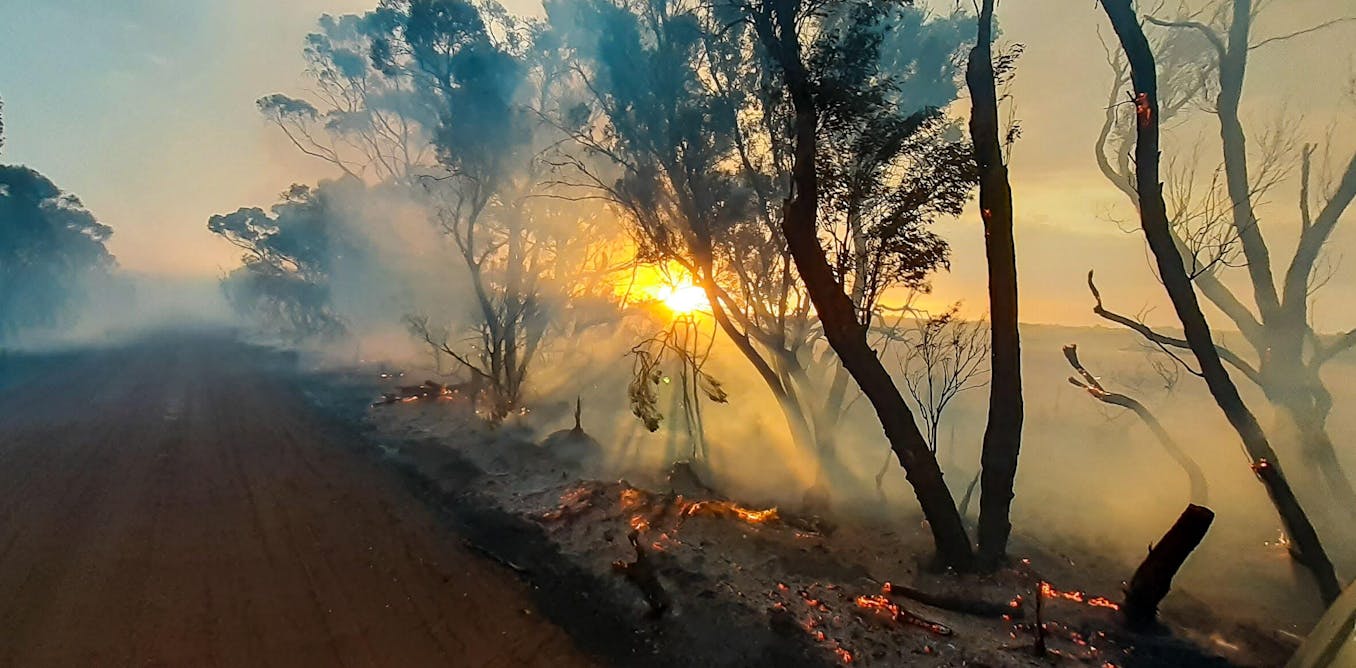BMP Basics: Securing Your Residential Or Commercial Property Versus Bushfire Risks
BMP Basics: Securing Your Residential Or Commercial Property Versus Bushfire Risks
Blog Article
The Value of Bushfire Management in Fire Security
In the realm of fire protection, the significance of efficient bushfire monitoring can not be understated. As neighborhoods globally face boosting instances of wildfires, the proactive approach to avoid and reducing these natural calamities via strategic bushfire management approaches has actually become a critical component. Past the instant risk to human life and property, the interaction between bushfire management and ecological conservation, area participation, and environment adjustment presents complicated difficulties that demand thorough options.
Significance of Proactive Bushfire Avoidance
Aggressive bushfire avoidance methods are vital in reducing the ruining effects of wildfires on communities and ecosystems. By taking preventative procedures before a bushfire takes place, the dangers linked with these natural disasters can be considerably lowered. One essential facet of proactive bushfire avoidance is fuel administration. This entails decreasing the quantity of flammable product, such as dead vegetation and dry fallen leaves, that can act as gas for fires. Fuel administration approaches include recommended burns, where regulated fires are intentionally lit to lower the build-up of combustible material.
Informing the public on fire security practices and advertising community understanding regarding the significance of bushfire avoidance are crucial elements of proactive methods. Ultimately, aggressive bushfire avoidance plays a substantial function in guarding neighborhoods and communities from the damaging impacts of wildfires.
Duty of Community Involvement in Fire Protection
Involving the community in fire security efforts is integral to enhancing the efficiency of aggressive bushfire avoidance techniques. Area involvement plays a crucial duty in cultivating a cumulative understanding of the dangers posed by bushfires and the importance of preparedness actions. By including local citizens, authorities can distribute essential information ablaze safety methods, discharge procedures, and early warning systems, encouraging people to take proactive actions to safeguard their homes and lives.
By cultivating a culture of preparedness and cooperation, areas can reinforce their capability to respond properly to bushfire emergency situations, decreasing the effect on buildings and lives. Eventually, neighborhood interaction is a foundation of comprehensive fire defense methods, emphasizing the importance of cumulative action in securing susceptible locations from the hazard of bushfires.
Relevance of Wildlife Preservation in Bushfire Monitoring
Preservation of wild animals plays a crucial duty in effective bushfire monitoring strategies, ensuring the defense of diverse ecosystems and biodiversity in fire-prone regions. Wild animals preservation is vital as it adds to the overall strength of communities, assisting in their capability to withstand and recuperate from the effect of bushfires. By conserving environments and protecting numerous species, the natural balance within these communities is kept, which is necessary for their lasting health and sustainability.
Furthermore, wildlife conservation additionally helps in minimizing the threat and intensity of bushfires. Healthy ecological communities with well-preserved wildlife populations can serve as all-natural firebreaks, reducing down the spread of fires and restricting their destructive capacity (BAL Assessment). Particular pet species, like tunneling pets or birds that spread out seeds, play unique functions in stopping fires or assisting in the post-fire regeneration of habitats
Incorporating wildlife conservation into bushfire administration approaches is not just crucial for safeguarding biodiversity however likewise for advertising the general health and wellness and durability of ecosystems despite raising fire hazards.
Advantages of Strategic Fuel Decrease Programs
Tactically carrying out fuel reduction programs is crucial in mitigating the threat and effect of bushfires in fire-prone regions. These programs entail regulated burning, mechanical cleaning, and other approaches to decrease the amount of combustible plants offered to sustain wildfires. By tactically decreasing gas lots in vital areas, such as close to property neighborhoods or critical infrastructure, the strength and spread of bushfires can be dramatically reduced.
One of the key advantages of fuel decrease programs is the improvement of general fire strength in an ecological community. By creating critical gas breaks and decreasing the connection of greenery, these programs help to disrupt the path of a bushfire, making it less complicated for firemens to consist of and extinguish the blaze. Additionally, gas reduction programs can shield biodiversity by stopping excessively intense fires that can ruin environments and intimidate wildlife populations.
In addition, these programs can also company website protect human lives and residential property by lowering the danger of catastrophic fires that position a substantial threat to communities. Inevitably, tactical fuel decrease programs play an essential function in proactive bushfire administration and cultivating a much safer atmosphere for both individuals and nature.
Effect of Environment Adjustment on Bushfire Threat

Higher temperature levels result in drier plant life, making it more at risk to ignition. Reduced rains in specific areas lengthens drought conditions, better boosting the flammability of the landscape. Additionally, the altering environment has actually changed wind patterns and climatic conditions, leading to even more irregular fire behavior and fast fire spread.
As the environment remains to change, the frequency and intensity of bushfires are expected to increase, demanding a flexible and positive strategy to bushfire management. Techniques have to evolve to account for the changing risk landscape, integrating environment estimates and considering long-term resilience in fire management planning. Addressing the impact of climate modification on bushfire danger is crucial in developing effective methods to protect lives, building, and the setting.
Verdict
Finally, aggressive bushfire avoidance, area engagement, wild animals conservation, calculated fuel reduction programs, and factor to consider of climate change are essential components in reliable fire security. By applying these approaches, we can much better handle bushfire dangers and protect both human lives and the setting. BAL Report. It is imperative that stakeholders collaborate to prioritize these actions to reduce the terrible impact of bushfires on areas and ecological communities

As the environment continues to change, the regularity and strength of bushfires are expected to rise, demanding a proactive and adaptive approach to bushfire monitoring.In final thought, positive bushfire avoidance, area involvement, wildlife preservation, strategic gas reduction programs, and consideration of climate adjustment are essential components in reliable fire security.
Report this page